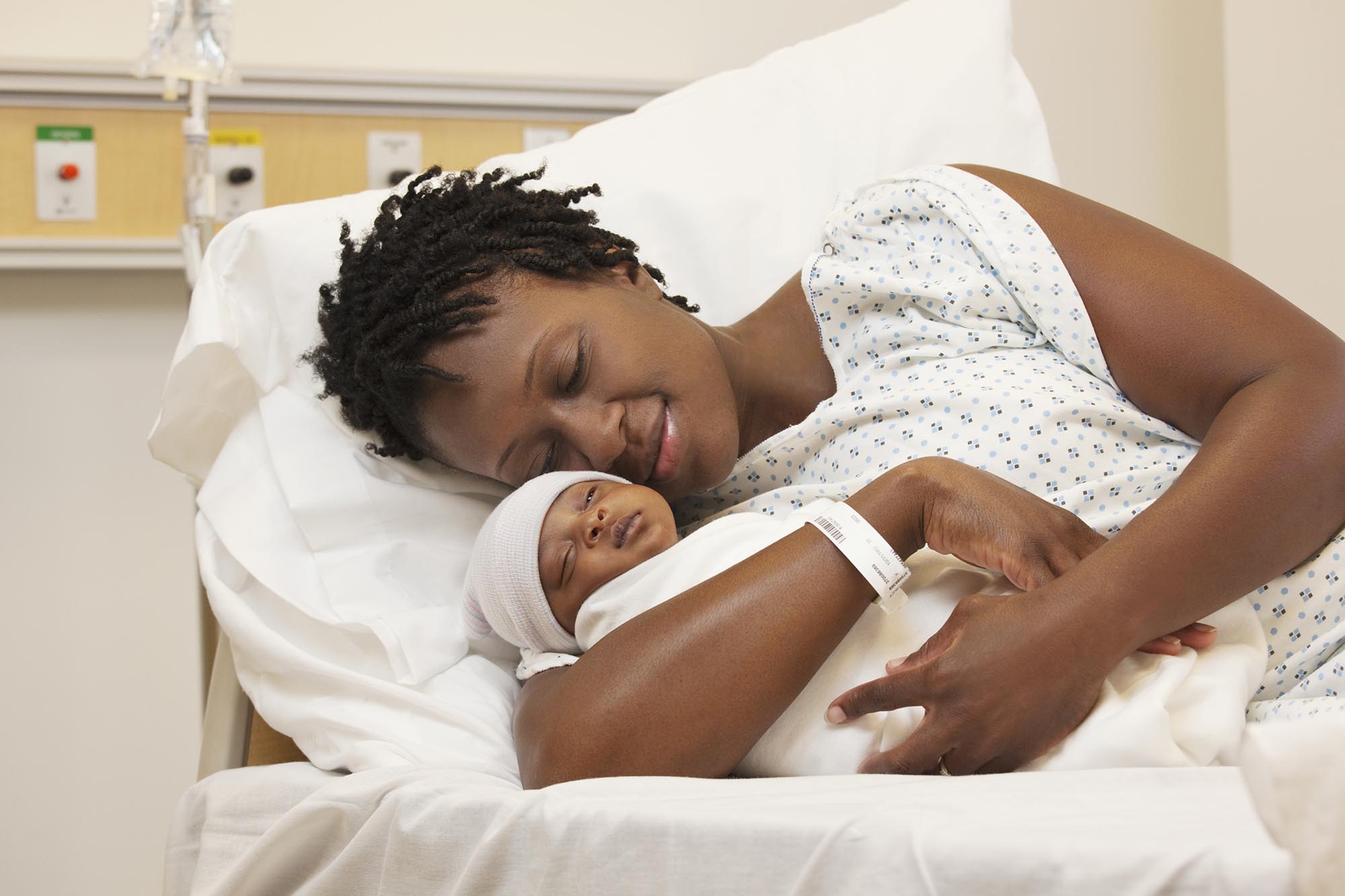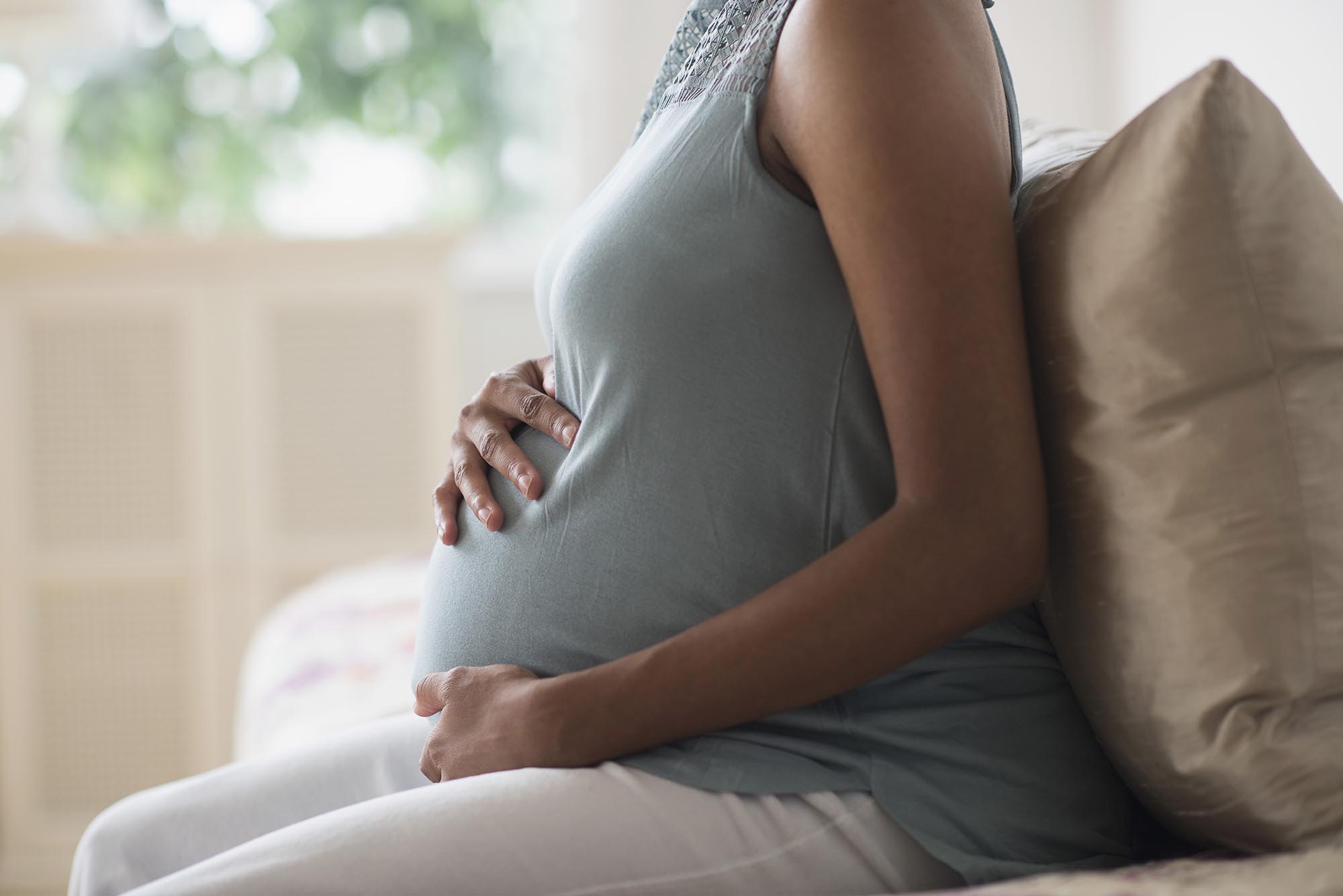
Families and researchers working together to understand hemophilia A, pregnancy, and inhibitor formation.
Sign UpFamilies and researchers working together to understand hemophilia A, pregnancy, and inhibitor formation.
What is Hemophilia A?
Hemophilia A is a rare inherited bleeding disorder due to insufficient coagulation factor VIII (“factor eight”). More than 20,000 people in the U.S. are living with hemophilia A. With effective treatment, people with hemophilia A can improve their bleeding symptoms and do most of the activities a person without hemophilia can do.

What is Hemophilia A?

Hemophilia A is a rare inherited bleeding disorder due to insufficient coagulation factor VIII (“factor eight”). More than 20,000 people in the U.S. are living with hemophilia A. With effective treatment, people with hemophilia A can improve their bleeding symptoms and do most of the activities a person without hemophilia can do.

Inhibitor Formation
Up to 30% of people with severe hemophilia A develop an immune response to their factor VIII treatment in early childhood. This immune response creates antibodies, called inhibitors, that make factor treatment less effective. When treatment is less effective, bleeding is not well controlled, and quality of life is worse.
Inhibitor Formation

Up to 30% of people with severe hemophilia A develop an immune response to their factor VIII treatment in early childhood. This immune response creates antibodies, called inhibitors, that make factor treatment less effective. When treatment is less effective, bleeding is not well controlled, and quality of life is worse.
Hemophilia and Pregnancy
Expectant mothers who inherited the DNA change that causes hemophilia A have a 50% chance of giving birth to a male infant affected by hemophilia A. For reasons not yet well understood, these mothers are themselves at 200-300% higher risk for excessive bleeding in childbirth compared to a pregnant person with no hemophilia gene change.

Hemophilia and Pregnancy

Expectant mothers who inherited the DNA change that causes hemophilia A have a 50% chance of giving birth to a male infant affected by hemophilia A. For reasons not yet well understood, these mothers are themselves at 200-300% higher risk for excessive bleeding in childbirth compared to a pregnant person with no hemophilia gene change.


HARP Research
Our goal is to better understand the hemophilia bleeding risk in pregnancy and identify the causes of inhibitor formation in early childhood. Our study will recruit a group of pregnant women with the gene change that causes hemophilia A. Mothers will be followed through their pregnancy and childbirth, and then, mothers and babies with hemophilia will continue to be followed through early life, collecting data and samples along the way. We will study how genetics, environment, the immune system, and other biological factors affect bleeding and inhibitor formation.
HARP Research


Our goal is to better understand the hemophilia bleeding risk in pregnancy and identify the causes of inhibitor formation in early childhood. Our study will recruit a group of pregnant women with the gene change that causes hemophilia A. Mothers will be followed through their pregnancy and childbirth, and then, mothers and babies with hemophilia will continue to be followed through early life, collecting data and samples along the way. We will study how genetics, environment, the immune system, and other biological factors affect bleeding and inhibitor formation.